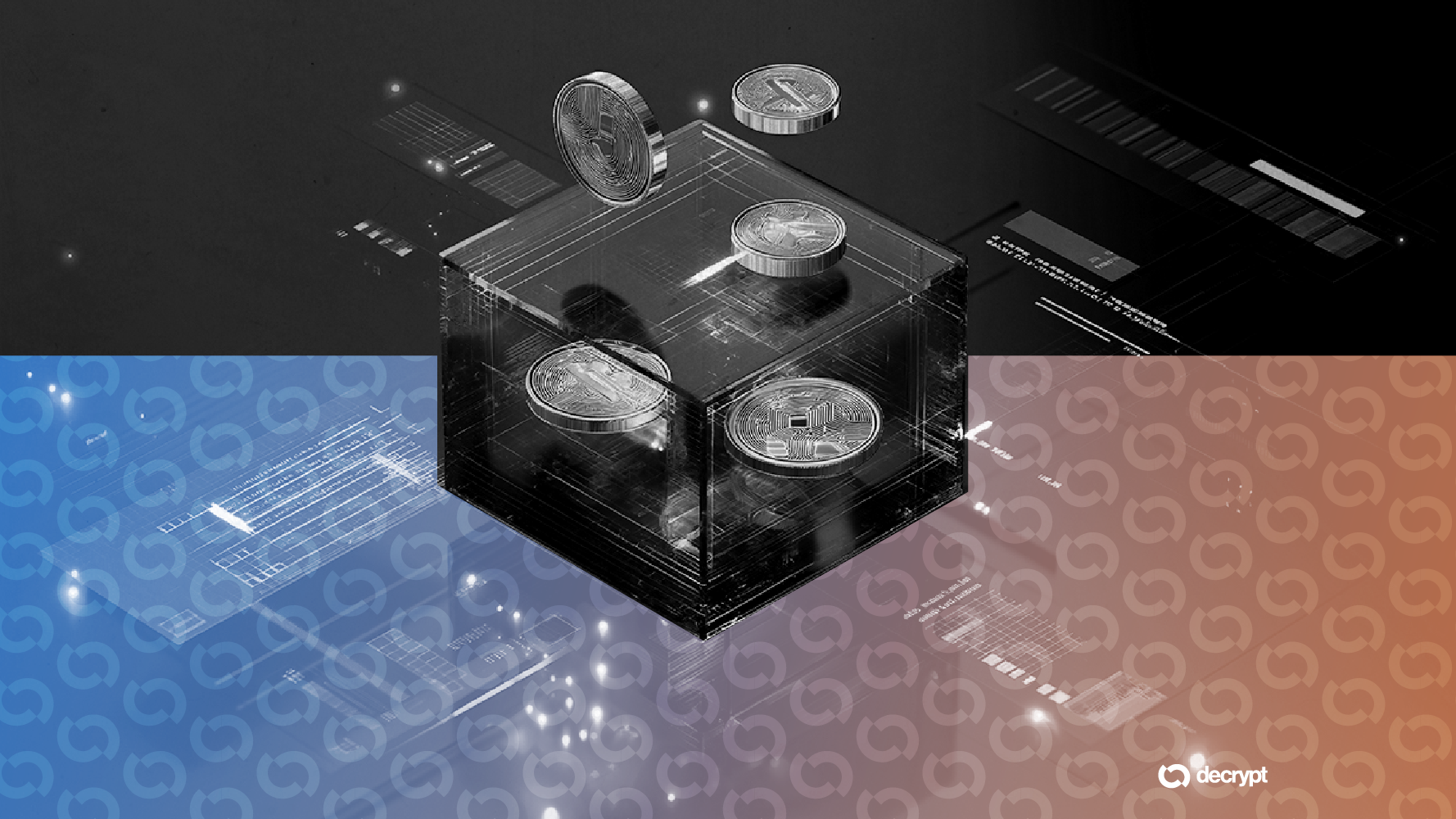EigenLayer Secures $70M From a16z to Revolutionize Off-Chain Verifiability

Andreessen Horowitz bets big on EigenLayer''s off-chain breakthrough—because Wall Street definitely needed another blockchain buzzword to overhype.
The $70 million injection fuels EigenLayer''s mission to build a trustless verification layer beyond Ethereum''s main chain. No more ''trust us, it''s secure'' handwaves—just cryptographic proofs doing the heavy lifting.
Why this matters: Off-chain computation could slash gas fees by orders of magnitude while maintaining security. EigenLayer''s approach lets dApps scale without begging validators for favors.
The cynical take? a16z just bought the shiniest new toy in its Web3 sandbox—right before the next ''crypto winter'' hits portfolio valuations.
Breaking barriers
EigenCloud introduces three Core components: EigenVerify for dispute resolution, EigenDA for data availability, and EigenCompute for execution.
The new components allow developers to build applications that handle tasks outside the blockchain while preserving cryptographic verification.
The platform operates through EigenLayer''s network of Autonomous Verifiable Services (AVSs), with over 200 services currently live or in development.
AVSs are decentralized off-chain modules that leverage EigenLayer’s shared, restaked Ethereum security to run custom, verifiable tasks, such as oracles, bridges, data availability layers, and middleware.
Those services utilize the protocol''s approximately $12 billion in restaked assets to secure around $2 billion in application value.
Financial services firm Securitize plans to use the platform to verify asset pricing data for BlackRock''s $2 billion BUIDL tokenized fund, marking one of EigenCloud''s first enterprise implementations.
Asked about slashing risks with AVSs, Eigen Labs’ Kannan told Decrypt that EigenLayer is “built with systemic resilience in mind,” while acknowledging slashing as a "core enforcement mechanism that economically incentivizes truth.”
In this case, Kannan argues that the implementation of slashing is “isolated” to individual AVSs.
Slashing refers to the penalty mechanism where a portion (or all) of a restaker''s assets can be forcibly taken (slashed) if the operator they delegate to acts dishonestly or incorrectly while running an AVS.
Such events “do not spill over between AVSs or to the Ethereum base layer. This compartmentalization ensures that failures are localized and containable, rather than systemic,” Kannan said.
"EigenLayer is surmounting the technical bottlenecks of blockchains to enable a new category of applications," Ali Yahya, who led the investment for a16z, said.
The platform targets use cases across AI verification, prediction markets, medical records, and traditional web services requiring verifiable computation.
By enabling off-chain compute services backed by EigenLayer''s restaking mechanism, developers can build applications that were previously impossible within blockchain constraints.
Developers can access an alpha version starting Tuesday, featuring performance upgrades for EigenDA and limited access to EigenVerify services.
Broader availability is planned for later this year, with additional dispute resolution modes and automated infrastructure management tools in development.
Edited by Sebastian Sinclair

